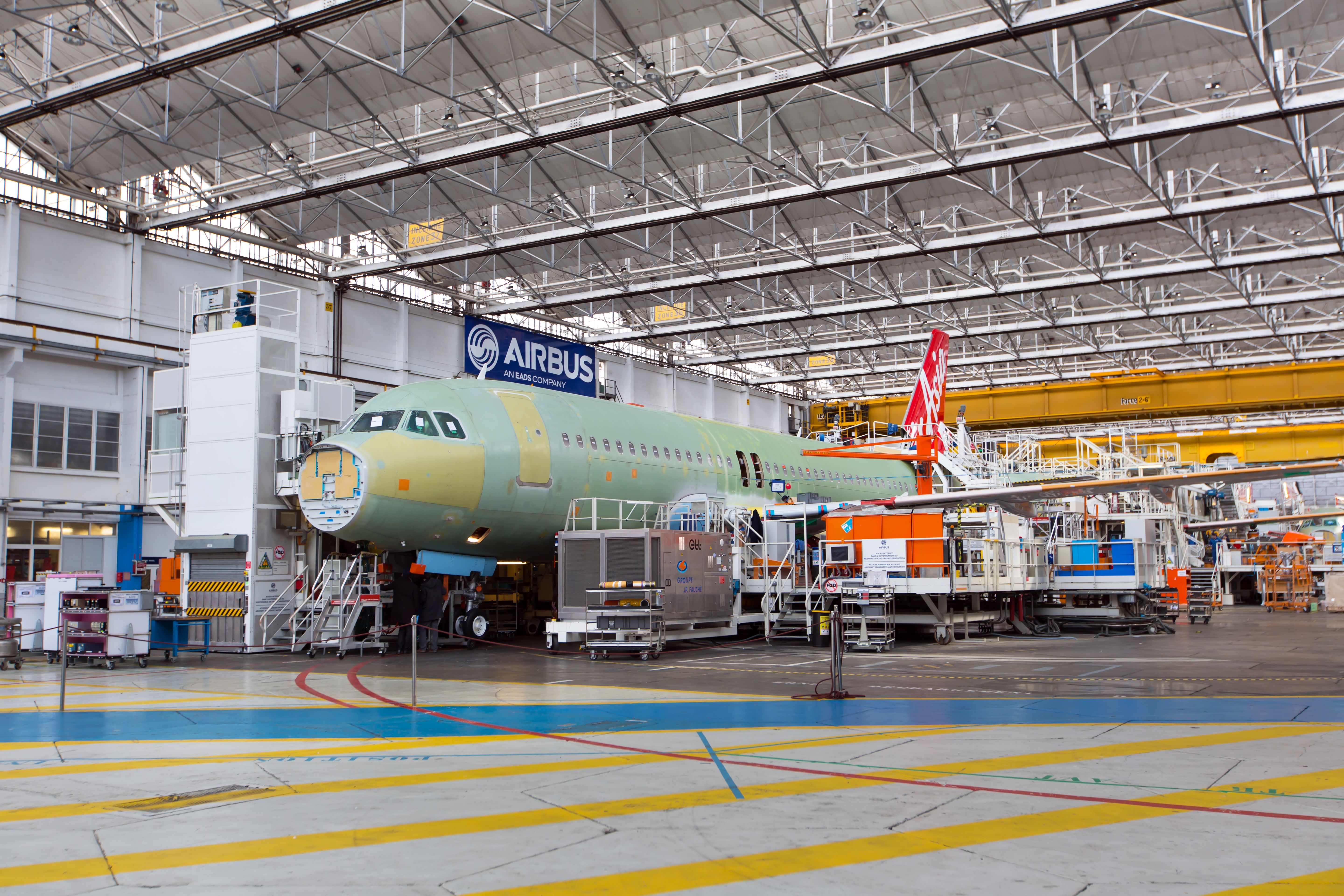Summary Airbus designs aircraft through manuals or CAD tools, and iterates to meet requirements. Weight estimations balance major components in aircraft design principles. The flight envelope, structural loads, and aerodynamics are considered in flight design calculations.
The design and development of an aircraft is a lengthy and complex process . Many competing requirements must be met to produce a robust design, whether it is structures, aerodynamics, or flight dynamics. The design must be capable of sustaining a flight safely and repeatedly.

Basic aircraft design principles include estimating weights, determining flight envelope , estimating structural loads, aerodynamics, controls, and propulsion. This article explores the basics of aircraft design, a process that manufacturers go through early on in their design process. The conceptual design Manual drawings or the use of computer-aided design tools Several iterations are carried out to ensure the design fits the requirements Generally starts with historical data, i.
e., design data of similar aircraft Outlines the general look of the aircraft, including major components The conceptual design of the aircraft begins either on paper or a computer-aided design tool. While older airplanes were mostly conceived using a combination of paper and computerized tools, the Boeing 777 was the first aircraft to be designed using 100% Computer-Aided Design (CAD) software.
The conceptual design is iterated and optimized multiple times to fit into the necessary parameters set for the aircraft. At the end of the conceptual design phase, the general look of the aircraft exterior and its major components, such as fuselage, wings, horizontal and vertical stabilizers, engines, and landing gears. Once the design is finalized, it is time to estimate weights.
The two-day hearings will continue on August 7, with the NTSB continuing to interrogate Boeing, Spirit AeroSystems, FAA, and other stakeholders. Estimation of weights Weights of major components such as fuselage, wings, horizontal and vertical stabilizers, landing gears, and engines are estimated as a first step. The weights are balanced based on the size and location of each major component.
Engineers begin their calculations using historical values of similar aircraft. The weight of each major component must showcase a proper weight ratio concerning other parts. This is important because the aerodynamics (at a later stage) will depend on the weight of each component.
The flight envelope The flight envelope, also known as a performance envelope, is determined to lay out the design capabilities of the aircraft. During various phases of flight, such as takeoff, climb, cruise, and landing, the aircraft goes through varying structural loads. Want answers to more key questions in aviation? Check out the rest of our guides here .
Constraint diagrams are developed by calculating limits for maximum speed, altitude, load factor, and maneuverability. The most critical parameters affecting the aircraft’s load factor are plotted on a flight envelope diagram. It is typically expressed in terms of airspeed (V) and load factor (n), hence called the V-n diagram.
Structural loads The structural loads are estimated based on the flight envelope, and load factor limits at each phase of the flight are determined. The aircraft structure must not be overstressed at low speeds, which may result in a stall before reaching the load factor limit. The structural load factor shows the relationship between the aircraft weight and the lift the wings generate.
For example, a static aircraft on the ground has a load factor of 1, with only gravity acting upon it. There is concern regarding the permanent Rear Center Tank and the risk in the event of an accident. Aerodynamics Lift force : the upward acting force which keeps the aircraft aloft.
Gravity : the downward acting force trying to push the aircraft down due to its weight. Thrust : the forward-acting force through which the aircraft covers the distance in the air. Drag force : the backward-acting force or wind resistance that pulls the aircraft backward.
The aerodynamic forces on various components of the aircraft are estimated. Lift, drag, and moment forces are primarily estimated on each part due to interactions between various components. For example, the skin friction drag on the fuselage differs from that on the wings.
However, the interference drag between the fuselage and wings is calculated separately. The estimation of lift on wings at different phases of flight is calculated. Moreover, the pitch, roll, and yaw moments are estimated for various flight regimes.
While birds taught the early aerodynamicists the concept of lift, air resistance and its relationship with lift were poorly understood. Controls Based on the estimation of weights and aerodynamic forces, the location of the center of gravity (CG) is estimated. The relationship between CG and static margin is assessed to ensure a stable flight.
Flight dynamics and controls are determined by different phases. According to Airbus , there are two forces applying at distinct points along the aircraft longitudinal axis: The weight of the aircraft: applied at the Center of Gravity (CG) of the aircraft; The lift: applied at the Center of Pressure (CP). The inverted wing shape creates downward force, increasing the road grip.
.



















